Balboa Park: Botanical Building
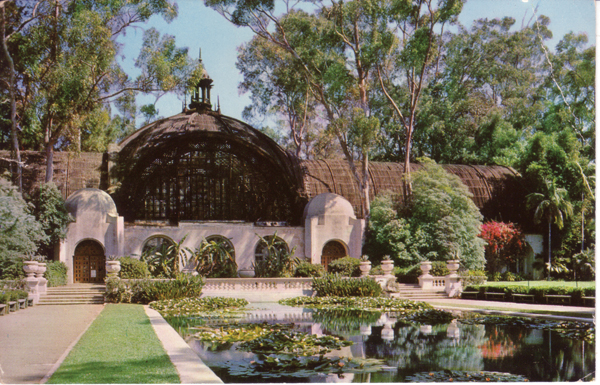
Botanical Building
Surely, every visitor to Balboa Park’s Botanical Building will attest to the restorative beauty of the place — another legacy of the great 1915-16 Panama-California Exposition. Alfred D. Robinson, one of the founders of the San Diego Floral Association, as well as a gardener, horticulturalist, and writer, envisioned a lath house in Balboa Park. A covered structure with open, slatted sides, a lath house is the perfect blend between indoors and out, and in the August, 1911 issue of California Garden, Robinson wrote an article describing his Exposition Dream — a large lath house with an arched dome to be filled with thousands of vines, palms, and other vegetation. Within the building, Robinson imagined six side aisles filled with appropriately labeled plants, exuding fragrance and color.
The Panama-California Exposition Committee took the suggestion under consideration, and the following year, the March, 1912 issue of Sunset Magazine featured another article by Robinson entitled “A Palace of Lath.” Robinson again addressed the upcoming Exposition and characteristics of the San Diego climate, and proposals for the Botanical Building met with enthusiasm and much discussion.

The result was an aerie structure that appeals to the best of nature, its lattice roof allowing light into the interior with pleasing effect. Begun in 1913, the building was completed in 1914, well ahead of the Exposition’s grand opening in 1915. The main part was composed of redwood on concrete and stucco. Supporting trusses, painted to match the redwood, were made of steel. Designed by Carleton Winslow, with construction supervision by Frank P. Allen, Jr. the lath house became a popular attraction, and the building and its gardens have enjoyed great favor with the public over the ensuing years.

Still, the history of the site has not been a smooth one. A few months after the 1915-16 Exposition ended, the building was closed when the United States entered World War I, and again years later when the park was taken over by the military during World War II. Greatly neglected after the war, the building reopened following renovation in 1957. The remodeling project was so expensive for the time that local nurseries provided plants for the re-opening because there was no money available for that purpose.
In 1964, the building’s 50-year-old bridge balustrade, which divides the Laguna (Lily Pond), was renovated by Robert M. Golden, a prominent San Diego leader who was head of a construction company. This effort greatly enhanced the entire southern approach to the building.
Today, the imposing structure houses a multitude of rare plants, and offers a glorious pageant of color. Seasonal floral displays are highlights of its year-round operation, including lilies in the spring and gorgeous poinsettias during the holiday season. DARLENE G. DAVIES

Poinsettia displays: Photography by Ruth Hayward, courtesy of Friends of Balboa Park All other imagery courtesy of Darlene G. Davies
Directory
The Great Panama-California Exposition
1915 Panama California Exposition
Spreckels Outdoor Organ Pavilion
Gardens of the Panama-California Exposition
Legacy of the Foreign Arts Building
Panama-California Sculpture Court
Commerce and Industries Building

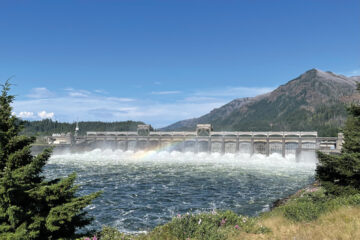
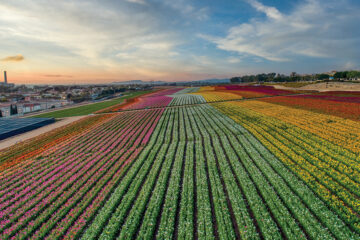
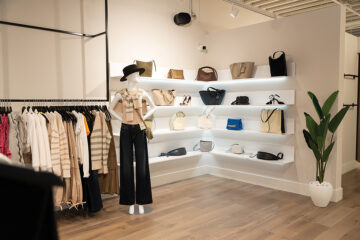
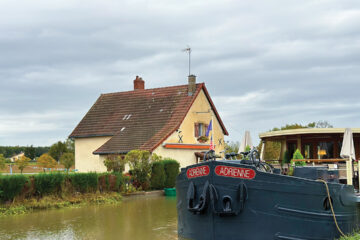
Comments